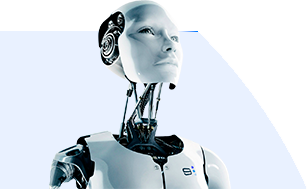
Most of the time when we have requests for speaking engagements here at Emerj, they're from business leaders. At the time this article was published, I just came back from a presentation at National Defense University in Washington DC. Presenting there was unique in many regards. Obviously, the use cases for tanks and submarines are quite different than they are for drug development or selling more products off retail shelves.
What surprised me most was the commonalities. As it turns out, leaders in the military—and I've seen the same in terms of leaders in government when we've done work with the World Bank and spoken at the United Nations—ask similar questions. The most common questions are often some permutation of, "Can I apply AI to 'X' problem," whatever the problem may be, or, "Can AI do 'X'?"
It's a general question around, "I know what my priorities are. Can AI help me with that? Can machine learning be applied in a way that would help me achieve that goal or complete that tas...
You've landed on exclusive content for Emerj Plus Members
Emerj Plus Membership
In-Depth Analysis
Consistent coverage of emerging AI capabilities across sectors.
Exclusive AI Capabilities Matrix
An explorable, visual map of AI applications across sectors.
Exclusive AI White Paper Library
Every Emerj online AI resource downloadable in one-click
Best Practices and executive guides
Generate AI ROI with frameworks and guides to AI application







